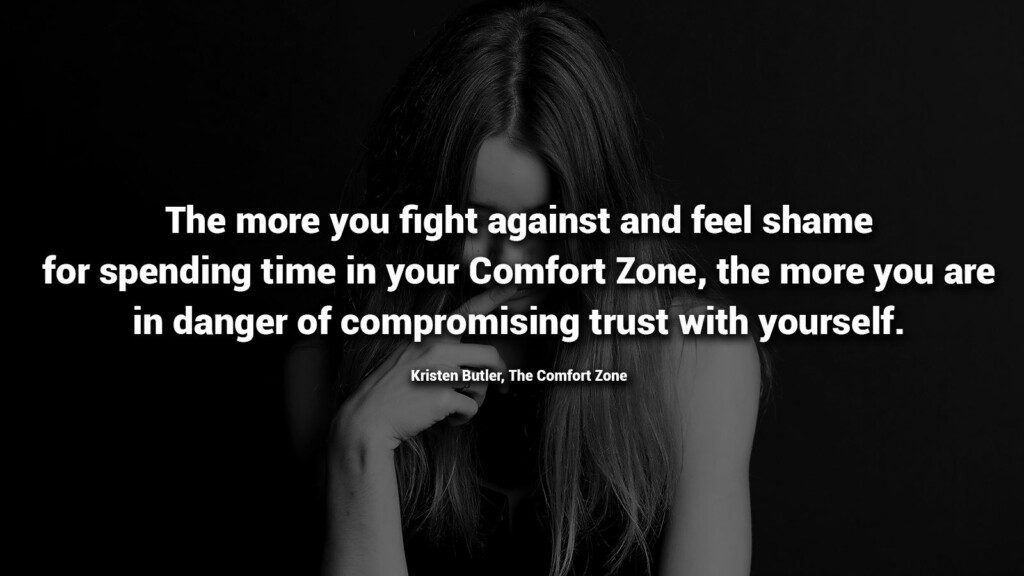If you see the number 333, it’s a sign from the universe that positive things are headed your way. Some numerologists say this angel number signifies growth, creativity, self-expression, and heightened intuition. When you start noticing this number everywhere, such as on billboards or books, turn within and listen to your inner guides. They will tell you the next steps for your personal growth. Since this spirit number symbolizes transformation on all levels in numerology, you can expect exciting changes in your personal and professional life.
This angel number appears when you need a reminder of your inner power and encouragement to keep going. While life may seem overwhelming and uncertain, we have everything we need within to overcome challenges. So, if you notice repeating 3s, your angels want to give you support and guidance as you embark on a new journey. Understanding the meaning of 333 can positively impact your life and help you feel more in tune with yourself. Below, we’ll discuss the spiritual and numerological interpretations of this number.
The Phenomenon of Seeing “333” in Numerology
Seeing numerical patterns such as 333 may signify a spiritual awakening or a sign to turn inward. When you feel dissatisfied with worldly endeavors and are depleted of energy, your inner self cries out for attention. Of course, many people come to the spiritual path without seeing repeated numbers after suffering from disillusionment in life. However, if one notices repeating 3s, it’s essential to acknowledge how synchronicity plays a crucial role in this intuitive awakening. Seeing these numbers is hardly a coincidence since they’re a direct sign from the cosmos above.

Angelic Communication
Many numerologists believe that seeing angel numbers such as 333 are a message from various celestial beings. They say that angels can provide spiritual guidance when one feels stuck or unsure of their next step in life. Angelic beings or deities can impart divine messages that offer support and comfort throughout the storms and trials on Earth.
Numerological Significance of 333
In numerology, 333 signifies creative energy, balance, and the holy trinity of mind, body, and soul. When your entire being aligns with intelligent cosmic energy, you clearly know your purpose and feel invigorated. When you’re out of tune with these powerful inner forces, you may feel depressed, lost, or disconnected from life. So, if you notice spiritual numbers like repeating 3s, take it as a sign to reevaluate your life path. Remember, you can always take charge of your power and rewrite your story!
Encouragement to Grow
If you see 333 frequently, take it as a sign from above to embark on a journey of self-improvement and personal growth. When you need spiritual development, your inner child will cry out to you for attention and love. We often become so bogged down with duties and responsibilities that we forget our inner bliss. We need not search elsewhere for our true birthright of joy, peace, and inexhaustible energy. It’s right within our hearts if we can quiet the mind and relinquish our endless search for pleasure in the outside world.
Reminder of Divine Presence
Never have fear or discouragement in life because you have the divine presence and spiritual support you need to succeed. All the higher powers you could hope for are within your heart and soul if you have faith and discard the doubting voices in your mind. Seeing 333 is a beautiful reminder of the cosmic intelligence within and around you.
333 Is a Sign of Balance
Repeating 3s symbolize balance and harmony, so if you see them, it’s a sign that you’re on the right track. Living in alignment with your soul’s purpose will bring you undeniable inner peace and happiness. The more content you feel despite outer circumstances, the more connected you are to the cosmic consciousness. Sometimes, repeating 3s appears when you need a reminder to live your truth and only listen to your inner voice. Nobody can honestly know yourself except you, so trust your intuition and angel guides. They will never lead you astray.
Wake-up Call
Frequently noticing 3s reminds you to expand your consciousness and remove limitations from your mind. It’s a wake-up call to ignite your inner fire and let go of anything that no longer serves you. We all have this silent awareness within, but we must renounce the world and attend to this all-knowing consciousness to perceive its secrets. Many people start noticing 333 when they feel completely exhausted and unsatisfied by the affairs of worldly life. When nothing else can genuinely bring you joy, and you feel disconnected from yourself, your journey within begins. Life will open up to you beautifully and give you the peace you desire only when you put your spiritual journey first.
Symbol of Abundance
Finally, 333 represents abundance in every aspect imaginable, so you no longer have to worry about lacking anything. Prosperity is yours if you attune yourself to the highest bliss because that’s when you’ll realize true fulfillment. If you know yourself, you have more than the wealthiest man alive who only possesses worldly achievements. However, through the power of manifestation, you can have financial and spiritual abundance if you desire. It becomes easier to accrue material wealth when you know the forces of the universe residing in your very heart. But, you may no longer want anything in the material world once you have self-knowledge because only this can bring lasting happiness.

Final Thoughts on the Significance of the 333 Angel Number and Numerology
Seeing repeating 3s represents angelic messages, creative energy, spiritual awakening, balance, growth, abundance, and divine guidance in numerology. However, each individual will interpret the significance of seeing 333 differently based on their perception and experiences. Seeing these numbers is a reminder to look within your soul for further support and guidance. Knowing the spiritual implications of 333 will bring you solace and comfort, especially in these confusing modern times. No matter what, remember to trust yourself and quiet your mind so you can hear your soul.





















